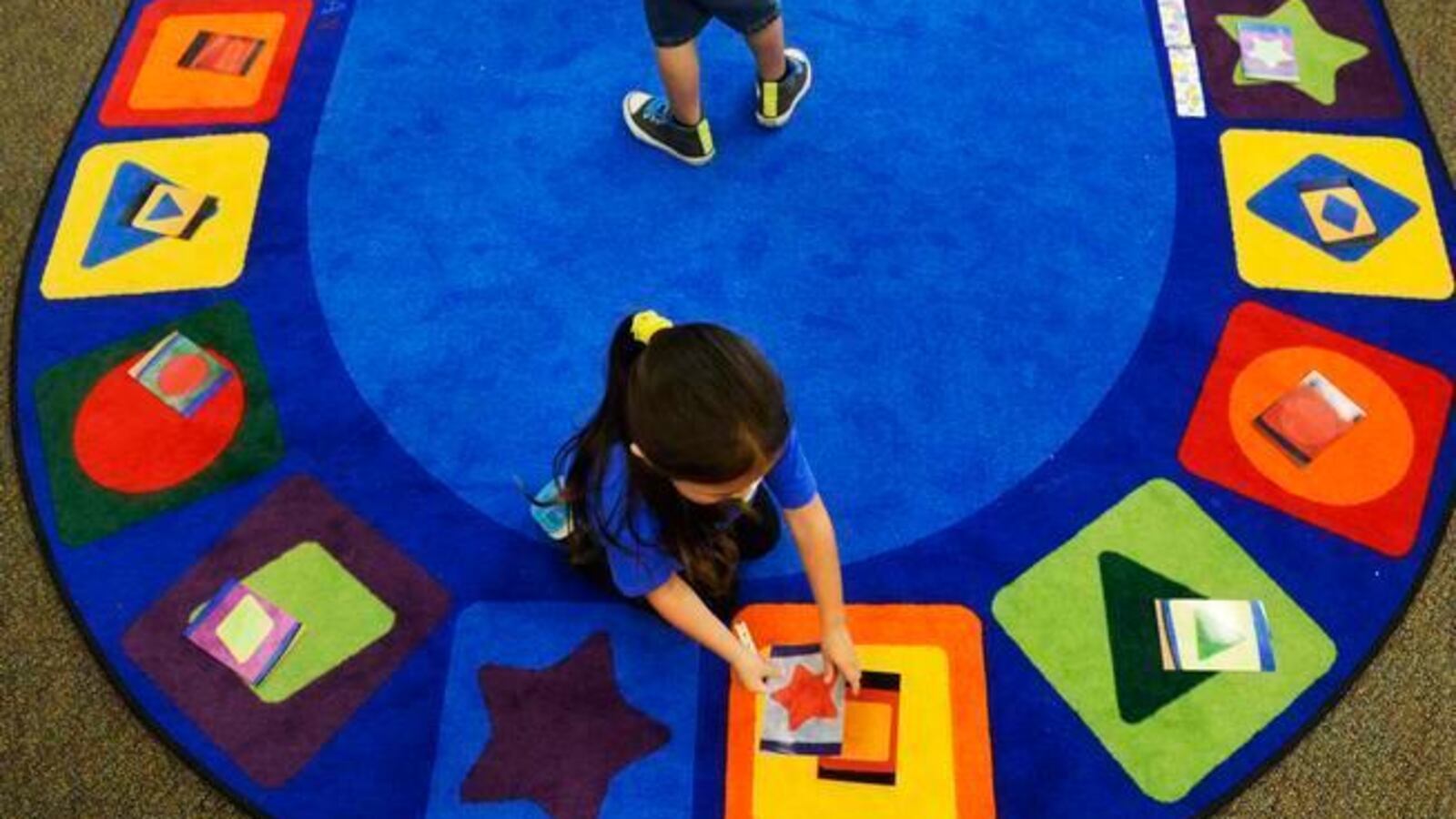Certain students arrive in your classroom with a reputation.

I work at school in Southwest Denver where more than 90 percent of the students qualify for free and reduced-price lunch, and my current group of fourth-graders were known as quite the handful — to put it mildly — when they arrived at the beginning of the year.
In the first few weeks of school, a couple of things became abundantly clear. One was that this class was unlike any other I had ever taught, but not for the negative reasons that were advertised.
Were the students physically and verbally aggressive at times? Yes. Was that concerning? Absolutely. But at the same time, they were (and are) amazing and resilient. As I learned more about them, I saw that many of them they had been through more in their nine or 10 years than I have in nearly 30. That gave me hope.
I laid awake at night trying to figure out what to do. It was obvious that, to succeed in class, they needed something different, and it was my job to provide that something.
The root cause of their behavior issues seemed obvious: trauma. Many of my students were dealing with a lot at home, from incarceration to proximity to physical and verbal abuse. But, I realized, no one had taken the time to teach these students concrete strategies for coping with the stressful situations they faced in and outside of school. How could we blame them for their behavior when we hadn’t given them the tools to succeed?
I spoke with my administration about taking the time to teach true social-emotional skills to my students, not just character traits. I was lucky: within weeks, my vice principal provided me access to a curriculum called Second Step. It begins by teaching kids how to identify strong emotions. Then, students come up with a “stop signal” that they can use as a reminder to use strategies that help them calm down.
There are lessons on deep breathing and positive self-talk, and it also walks students through steps for problem-solving: say the problem without blame, think of solutions, explore consequences, and pick the best solution.
As soon as I began using the curriculum, I saw and felt an immediate difference in my classroom. The environment became upbeat because my students felt empowered.
A moment I will never forget took place a few days after a lesson on compassion. The situation involved one of my best students, a charismatic and deeply kind boy who also struggles with anger and impulse control.
That day, my student found himself without a partner to play a game with when he had finished his independent math work. I watched his anger rise, and braced myself for his reaction, which in the past sometimes involved knocking things over or kicking classroom furniture. To my surprise, he stormed over to the door, sat down, and started taking deep breaths.
It didn’t stop there. His entire math group, about five kids, approached him. Soon after their conversation ended, he came over to me with a huge smile on his face and said, “Miss! A whole group of kids just showed me compassion. They saw I was upset and invited me to play the game with them.”
This story is just one of many that occurred throughout the year, none of which would have been possible if I hadn’t taken the time to focus on what truly mattered.
As educators, we face a daily battle of being pulled in every direction; the feeling that there just aren’t enough hours in the day to do everything that we want to do for our students. I understand the feeling that sometimes there just isn’t the time or the resources to do something extra.
But the combination of a curriculum that made sense for my students and a supportive administration willing to trust that teaching social-emotional skills would pay huge dividends is why I was able to do this work. For that I will be forever grateful, because taking the time to teach concrete coping skills changed my classroom, my students, and me for the better.
Emily Taets is a fourth grade teacher at Gust Elementary School and a 2016-17 Colorado Educator Voice Fellow.
About our First Person series:
First Person is where Chalkbeat features personal essays by educators, students, parents, and others trying to improve public education. Read our submission guidelines here.

